#Parthenon temple
Explore tagged Tumblr posts
Text

Με θέα την Ακρόπολη-70s
#Αθήνα#Ελλάδα#70s#διαφημίσεις#Ακρόπολη#θέα#Athens#Greece#advertisements#buildings#Acropolis#view#urban#old city#Europe#Parthenon temple#Παρθενώνας#Ancient ruins#capital city
71 notes
·
View notes
Text

New Year's Day Athens 1/1/2024
Photo by Kakavoulas Thanasis
5 notes
·
View notes
Text
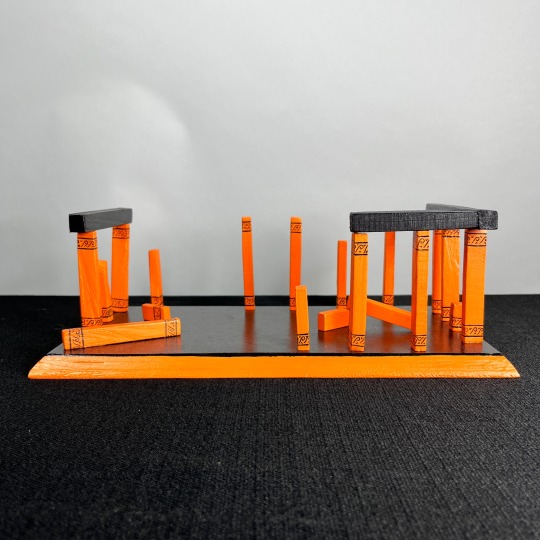



Parthénos
12” x 4” x 6”
Birch wood, acrylic and wall paint, black ink pen, black alcohol markers, high gloss varnish, wood glue, flat head screws.
I did this piece for my sculpture class and I love how it turned out! We had to do either three small sculptures or two larger ones that played with the principals of art. I wanted to play with colour and repetition (there are definitely other principles at play as well), so I decided on simplifications/abstractions of landmarks!
This one is inspired by the Parthenon in Athens. Luckily I have a friend who’s studying to be an architect so she was able to share a few pdf’s with the general lay out of the temple. I wanted to try to emulate the feeling of the temple being worn down by time with the broken and fallen columns. I also wanted to do something different then just making it all white, so I got some nice paint from Home Depot and based the paint job off black figure pottery!
The columns are attached by drilling into the base and columns and then twisting the columns onto the screws. For strength I put a little bit of wood glue on the screw before hand.
#art#artist#parthenon#Parthenon Greece#Parthenon temple#sculpture#wood sculpture#Greek mythology#tagamemnon#black figure pottery#black figured pottery inspired art
6 notes
·
View notes
Photo

Athens by chris_kap.21 on Instagram.
#greece#europe#travel#drone photography#night photography#acropolis#parthenon#temple of hephaestus#ancient greek temples#night#night lights#athens#attica#sterea hellas#central greece#mainland#large
2K notes
·
View notes
Text

Athena Aesthetic
#athena#athena goddess of wisdom#goddess#goddess of wisdom#athena greek goddess#athena greek mythology#athena epic#temple#gold apple#apple of discord#judgement of paris#paris#athene#greece#ancient greece#ancient greek mythology#greek mitology#greek mythology#mythology#greek gods#mount olympus#olympus#twelve olympians#aesthetic#parthenon#ancient rome#roman mythology#minerva#greek and roman mythology#greek aesthetic
13 notes
·
View notes
Photo

Source details and larger version.
Vintage Greek imagery.
20 notes
·
View notes
Text




recent travels. no greek diary murder confession involved.
#qui parle#pers#athens#acropolis#temple of athena#parthenon#ancient greece#classics#tsh#<-adjacent. it’s fic relevant#god this was insane#im soooo. happy
32 notes
·
View notes
Text

PARTHENON
#the parthenon#el partenon#athens#atenas#greek#griego#greek temple#templo griego#greece#grecia#europe#europa
316 notes
·
View notes
Text















#acodyssey#assassin's creed#assassin's creed odyssey#parthenon#temple of athena#athens#attika#ubisoft#photomode#gamingedit#virtual photography#gaming photography#in game photography#pc gaming#vgedit
7 notes
·
View notes
Text




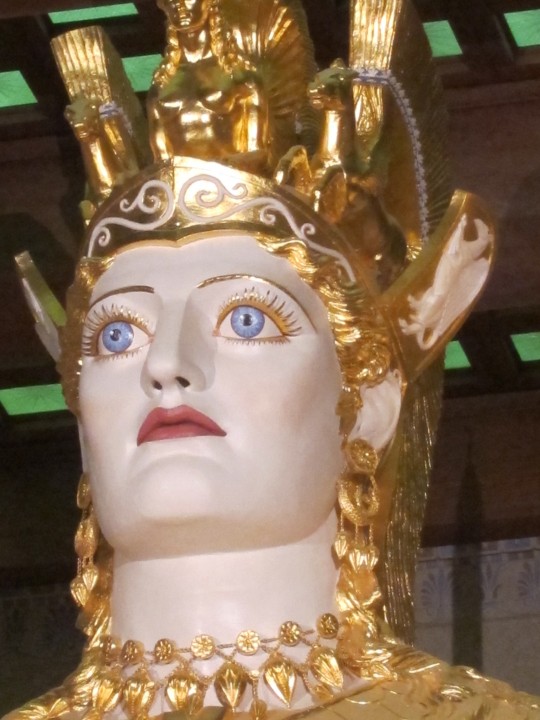


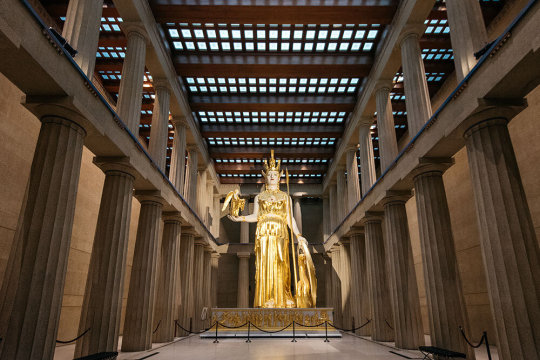
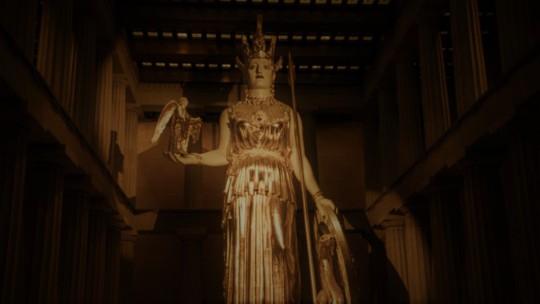
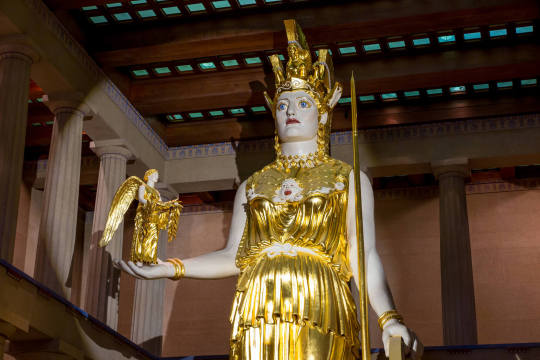
The magnificent 42 ft high, 12 ton reconstruction of the Athena Parthenos statue in the Nashville Parthenon. - this is on my bucket list for sure🏛🏛😍😍
#parthenon#athena#athena parthenos#phidias#alan lequire#42 ft#nike#the grey eyed one#greek goddess#goddess#temple#daughter of zeus#metis#acropolis#nashville#perfection#greek sculpture#🏛🏛😍😍
33 notes
·
View notes
Text

#50/51#mine#preselimoon#summer#35mm#film photography#europe#35mm color film#Athens#Greece#temple of hephaestus#acropolis#parthenon
8 notes
·
View notes
Text

My students sometimes struggle with the ‘were Greek temples more impressive than Roman temples?’ style essay q that writes itself, so I made a comparative visual of the four Prescribed Source temples: the Parthenon, the Temple of Zeus at Olympia, the Pantheon and the Temple of Portunus in the Forum Boarium.
I’ve visited all of these and, in my head, the Parthenon is the biggest (even though I know it’s not), but I don’t think I even realised how massive the Pantheon is 🤯
(In my head, the Parthenon is the biggest. That Acropolis approach is reponsible I’m sure)
#classicalcivilisation#classics#classicsteacher#pantheon#parthenon#portunus#olympia#infographic#temple#ancient greek temple#roman temple#gcseclassicalcivilisation#gcseclassics#classical civilisation gcse#ancient greece#ancient rome
12 notes
·
View notes
Text

115 degrees on the rocks today at incredible Valle dei Templi. 🪨🌞🇮🇹
#sicily italy#Sicily#Sicilian#agrigento#valley of the temples#unesco#ancient rome#ancient greece#ancient greek mythology#greek gods#greek architecture#greek art#greek archaeology#archeology#ancient civilizations#art history#roman empire#Roman#zeus#greek mythology#italia#italian#travelgram#travel diaries#travel diary#travel journal#acropolis#parthenon#study abroad#ancient greek
9 notes
·
View notes
Photo
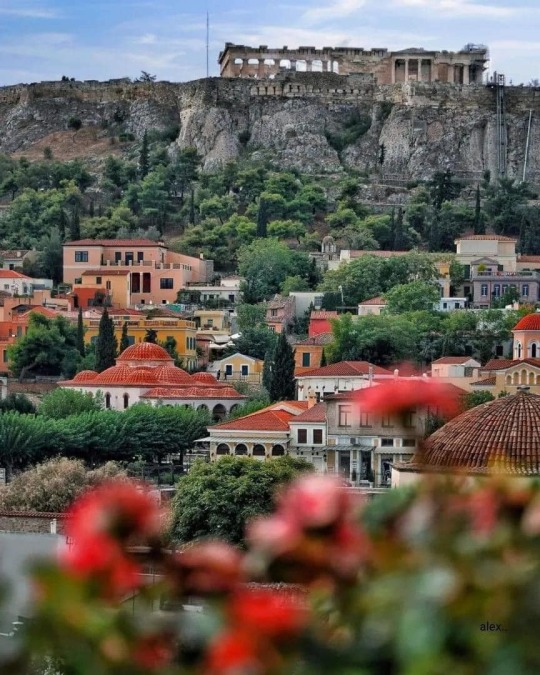
Acropolis from Plaka, Athens by alexandra_petrogiannou on Instagram.
#greece#europe#travel#wanderlust#flowers#acropolis#greek temple#ancient temple#city#architecture#landscape#parthenon#plaka#athens#attica#central greece#sterea hellas#mainland
438 notes
·
View notes
Text



an introduction to temples
@mothercain
3 notes
·
View notes
Text


Parthenon, Athens, Greece
Alex Presa
2 notes
·
View notes